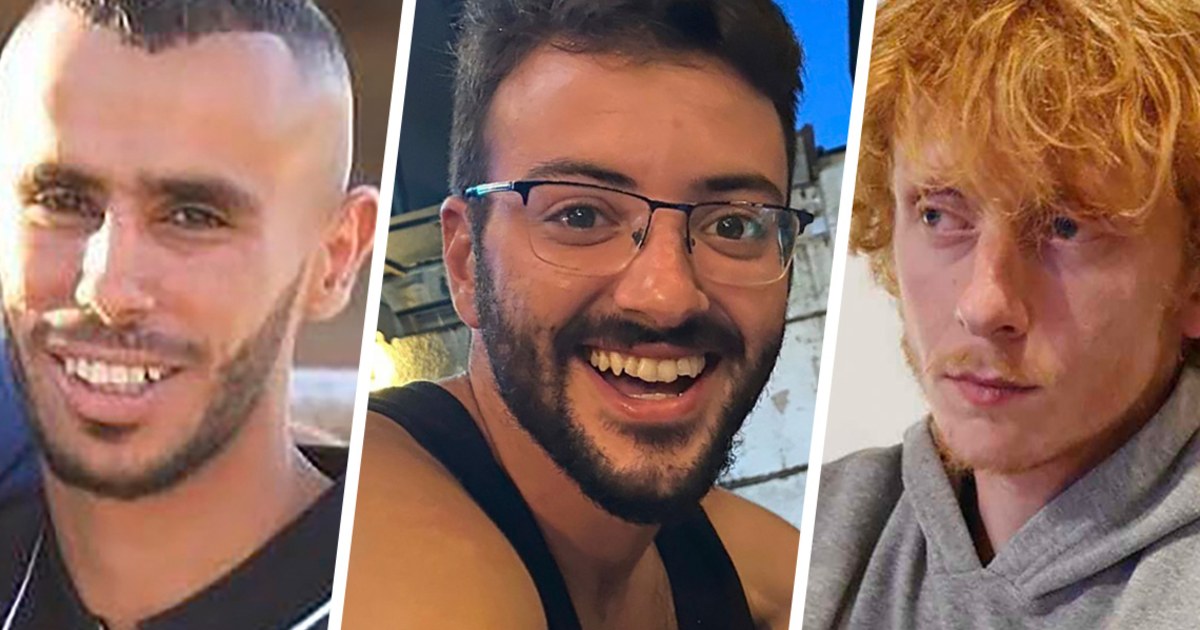
The three Israeli hostages had been in captivity for 65 days when they received a glimmer of hope. A group of Israeli soldiers arrived at the building in Gaza where they were holed up with their captors.
The soldiers released a combat dog into the building equipped with a GoPro camera. The Hamas militants killed the canine, setting off a firefight with the soldiers. The hostages’ captors died in the gunbattle, but the soldiers moved off, unaware that their compatriots were inside, according to the Israel Defense Forces.
Five days after that missed opportunity, the three hostages were mistakenly killed by Israeli soldiers, an incident that has thrown Israel into a new phase of mourning and sparked public outrage.
The hostages, Alon Shamriz, 26, Yotam Haim, 28, and Samar Talalka, 24, had emerged from a different building bare-chested and holding a makeshift white flag Dec. 15, but they were shot dead by soldiers who thought they were walking into an ambush and hadn’t accounted for the possibility that escaped hostages could be moving around Gaza City, according to a preliminary IDF investigation.
The three had been held captive in the Shejaiya neighborhood, a longtime Hamas stronghold that has seen some of the fiercest fighting in the war. It was the site of a Hamas ambush two days before, in which nine Israeli soldiers, including a battalion commander, were killed, according to the IDF.
“There is a direct link between the sad and very unfortunate mistake in killing those Israeli former hostages and the other ambush incidents,” Lt. Col. Jonathan Conricus, international spokesperson for the IDF, said in a telephone interview Thursday.
It’s not clear where exactly the hostages went during the five days after their captors were killed, but they did take extraordinary steps to make contact with the Israeli military.
They used food to stain a cloth with the words “help 3 hostages” written in Hebrew, as well as “SOS,” to alert the IDF to their location. An Israeli drone captured video of the signs hanging from a building, but the battalion that was there at the time marked the building as a potential trap, according to the preliminary IDF review.
A sniper positioned more than 100 yards away fired the shots that killed Shamriz and Telalka — and wounded Haim, the IDF said.
Haim then ran back inside the building and called out for help in Hebrew. The battalion commander held fire. But when Haim re-emerged in the doorway, another soldier, against the orders of the commander to not fire, shot him dead, according to a preliminary assessment. The soldiers reportedly said they had not fully understood their commands.
The IDF publicly acknowledged the mistake as soon as the families of the three men were notified.
“It’s super important to understand the psyche and the combat environment these soldiers are in,” Conricus said, citing instances of units encountering Hebrew messages believed to be traps, and incidents of women and children approaching IDF soldiers with white flags when Hamas snipers were lying in wait. NBC News has not independently verified the accounts.
Around the same time that the hostages were mistakenly shot, a different battalion came upon a suspected trap several miles north of Shejaiya, this one involving booby-trapped children’s dolls and a Bluetooth speaker playing songs and voices of children in Hebrew. No soldiers were hurt but multiple explosive devices were found in the area, according to the IDF.
“Of course this doesn’t justify this mistake,” Conricus said. “According to the rules of engagement, soldiers are not supposed to fire when someone has a white flag.”
The IDF released a video of the chief of the general staff, Herzi Halevi, lecturing commanders and soldiers in Gaza.
“You see two people, they are with hands up and without shirts. Take two seconds,” he said. “I want to tell you something just as important: If it’s two Gazans with a white flag coming out to surrender — would we shoot at them? Absolutely not. That’s not the IDF.”
Halevi said arresting Hamas fighters who have surrendered is valuable to the IDF’s mission because of the intelligence they can provide. The IDF has arrested and is in the process of questioning more than 1,000 enemy fighters, according to Halevi.
In the wake of the incident, the IDF issued new guidelines about how to handle a potential situation in which troops encounter hostages in a combat zone, something that was not done prior to the incident.
“Hopefully we will have another opportunity where hostages will come to us or we will reach a house [with hostages] and do the right thing,” Halevi said.
More than 100 hostages remain in captivity, including seven Americans. Since the Oct. 7 Hamas terror attack that Israeli officials say killed 1,200 people, more than 20,000 people in Gaza, mostly women and children, have been killed in Israeli attacks, according to Gaza health officials. More than 130 Israeli soldiers have died in battles with Hamas in Gaza, according to the IDF.
On Dec. 19, four days after the hostages were killed, Israeli soldiers returned to the building where the militants had killed the IDF combat dog. The military personnel that reviewed the dog’s GoPro camera made a shocking discovery. The camera had captured the voices of the hostages calling for help during the firefight. The GoPro continued recording after the dog’s death, and it also recorded the men talking to one another before they fled the building, according to the IDF.
Israeli Prime Minister Benjamin Netanyahu expressed his condolences in a post on the social media platform X the day of the shooting.
“The entire state of Israel will mourn this evening,” he said in the post, adding that “this is a combat zone where there have been many incidents in recent days. Immediate lessons from the event are now being passed on to all the fighting forces in the field.”
The families of the three hostages responded differently.
“I’m going to say this [to] the government. You murdered my son twice,” Avi Shamriz told NBC News’ Hallie Jackson on Monday. “You let Hamas take my son on Oct. 7, and you killed my son on Dec. 14.”
Leila Talalka, mother of Samer Talalka who is a Bedouin Israeli, said the government’s apology was too little too late. “No one helped bring my son back,” she told NBC News.
But the mother of Yotam Haim released an audio recording comforting the soldiers who were responsible for her son’s death.
“I am Yotam’s mother. I wanted to tell you that I love you very much, and I hug you here from afar,” Iris Yotam said in the recorded message Wednesday. “I know that everything that happened is absolutely not your fault, and nobody’s fault except that of Hamas.”

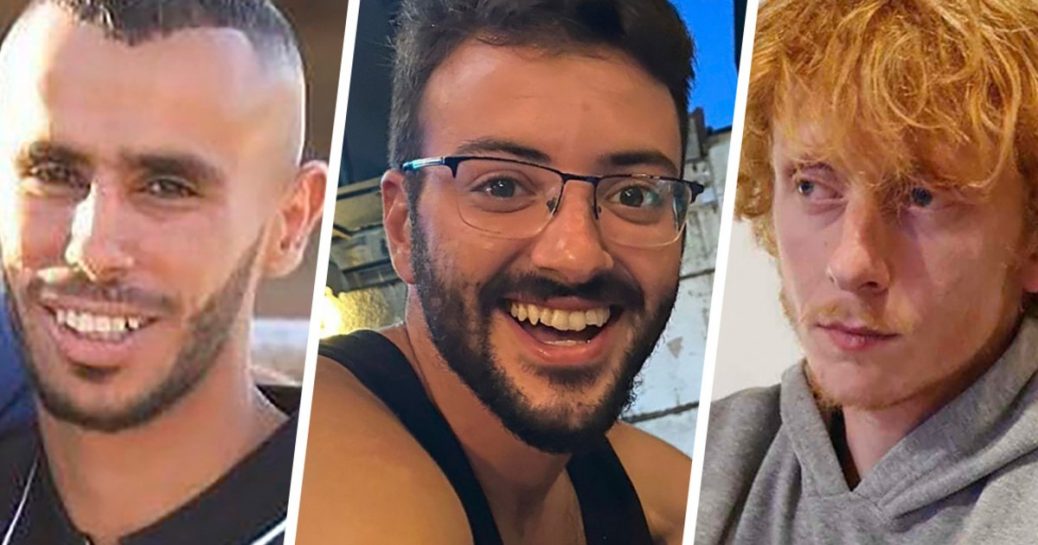


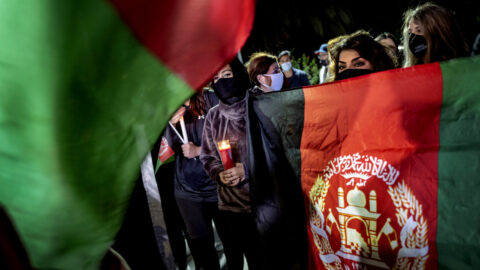

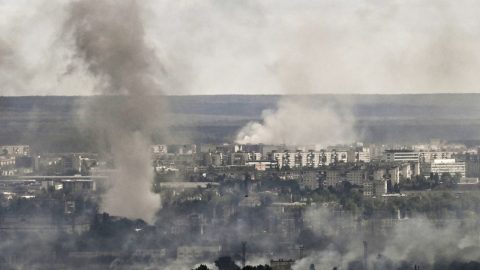
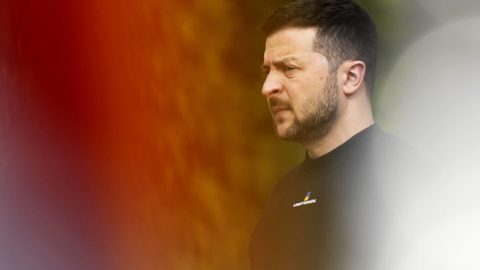
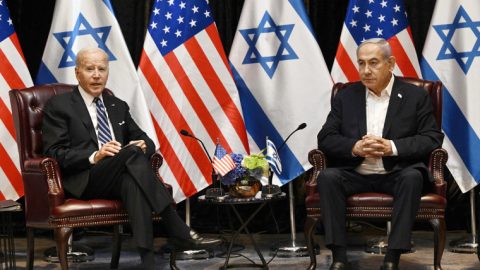
Recent Comments